
In the varied interpretations of Genesis and its story–or stories, as the case may be–of Creation, we have seen by now how even among Judaeo-Christians there is a great divide as to the Biblical origin of Man. We have found that careful study reveals a seven-day Creation, whether these seven days be literal or figurative embodying the gist of the debate. We have seen, also, that God seemed to be accompanied during the Creation by beings of some kind, whether angels, seraphim, cherubim, nephilim, agents, giants, or co-existing semi-divine entities. The identity of these beings, we have seen, also have been debated. We have also learned that before The Flood, we humans were created in the “likeness” or “image” of God, the meaning of this, too, being a matter of debate.
Whether or not there were “giants” in those days we cannot be sure. We do find words translated to this effect. We made the proposal last time that perhaps these older Biblical books, handed down to us as Genesis, Exodus, Leviticus, Numbers, and Deuteronomy, or Pentateuch/Septuagint, were recollections of earlier stories and tales, passed along and harvested by the authors of these books, authors of whom we also cannot be sure. We must also remember there is an entire apocrypha of texts claiming to be part of the Bible, or the word of God, notably for our purposes the “Books of Adam and Eve” and the “Book of Enoch” (or here), both of which would, if accepted as genuine, shed some clarifying light on the Bible as we now have it. And finally, we have suggested an earlier source for this “Old Testament” perhaps in Sumeria. As we will see later when examining that culture, and books like the Epic of Gilgamesh (text here), there are many parallel stories found there, nearly 2000 years before the alleged 600 BC date allotted to Genesis.
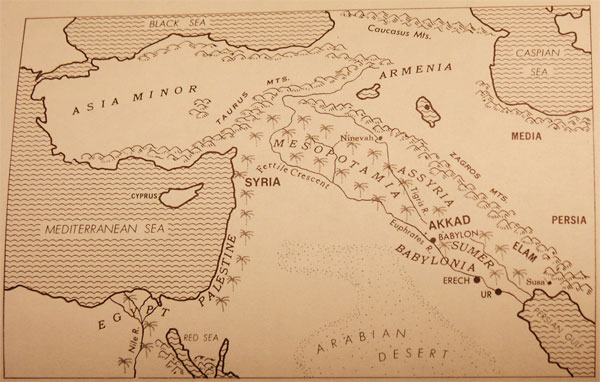
Be that as it may, having offered some type of recap, we can now move on to the true origin of Man as contained in the Bible. Because nearly everyone existing prior to the travesty was eradicated by the Great Flood, we must understand that everyone existing today is a descendant of NOT Adam, but rather, Noah. The Flood (video) apparently wiped out all the giants, the hybrids, the half-breeds and corrupt magicians, and so it was left to Noah and his children to repopulate the world. This story, before we move on, we must restate has strict parallels in epics like Gilgamesh, and the related sagas about a Great Flood that wiped out almost everyone in the world, and that the story of a global deluge is a popular one throughout all the lands of the globe. From Sumeria to Egypt, to Greece and then Rome, even the great civilizations of the Americas all talked about and wrote about a Great Flood that destroyed just about everything. It is only logical that such a popular and oft-restated story would form part of the backbone of the, as we are beginning to see, much later Biblical rendition. It is not that the stories in the Bible are not true history, what we must be more aware of is that this history just might not be original to the authors of the Bible; it is, likely, hearsay, and this is why, after we finish with the Bible, we will have to search even more for the origin of Man we are trying to discover.
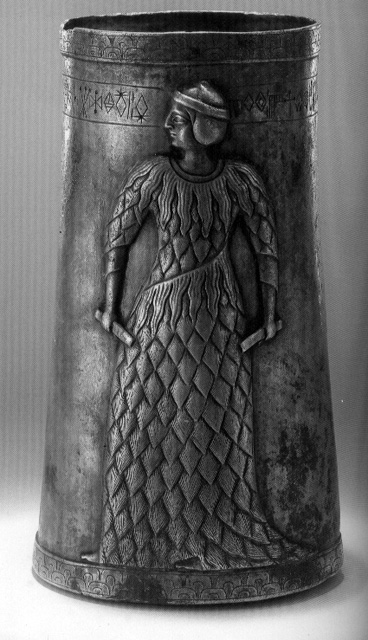
But back to Noah. Upon striking dry ground somewhere in the “mountains of Ararat” Noah unloaded his cargo and began the business of re-population. We cannot be sure about the mates of Noah’s male children, but it is told to us that because of his three sons Ham, Shem, and Japeth, the world did indeed become populated again. By simple logic, it is then meant to imply that every one of us living today has the DNA or, as we would say in the old days, the blood of at least one of these siblings running through his veins.
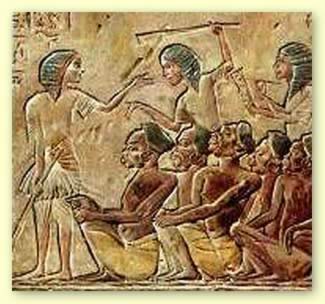
We will assume that the wives of these men came aboard the ark. The Book of Jubilees, itself debated as spurious, claims that Noah’s wife was named Emzara, and that she was the daughter of one of Methusalah’s sons. Shem’s (or Sem’s) wife was Sedeqetelebab (or Zedkat Nabu), Ham’s (or Cham’s) was Naeltameuk (or Nahalath Mahnuk), and Japeth’s (or Japheth’s) was named Adataneses (or Arathka). This Jubilee rendition is switched around a bit by Hippolytus, who reverses the names of Ham and Shem’s wives, and his variations of the names are what are given in parentheses above.
As the story goes, the order was given for the three children to spread out in opposite directions, their travels being, theoretically, the extent of their bloodlines. Ham, the favorite son, was said to be of sandy color, not quite white, not quite black. Japeth was said to be white, and Ham, black. Ham, we must also mention, was cursed by Noah for playing a trick on him while Noah was drunk. This curse was that forever his descendants will be ruled by those of the other two brothers. Actually, his words were they would be servants of the white and sandy brothers, forever.
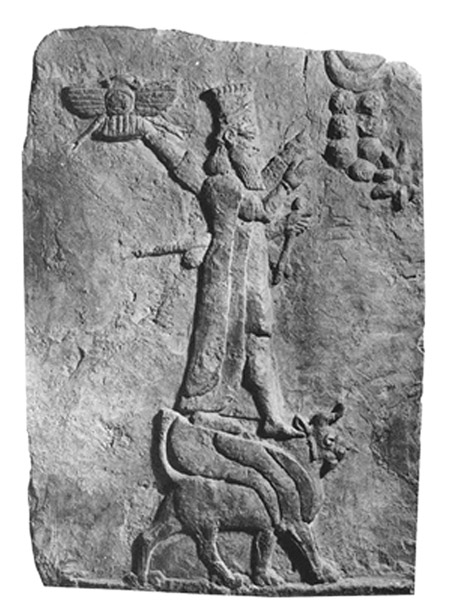 Ham was the youngest son. Historically, there is evidence that he was Nimrod’s grandfather. His name literally means “black”. His children include people with names that came to be places, and some actual geographic locations still bear their names. For example Cush or Kush, who went on to sire Sheba and Nimrod; Mizraim, perhaps Cypric in origin; Put, itself a land also; and of course Canaan. Biblical scholars trace these people to regions varying from northeast Africa to southwestern Asia, and even to regions south and East of the Red Sea. Cush is usually traditionally associated with southern Egypt, Ethiopia, and the Sudan, and Nimrod with Akkad, Babel, and Sumeria, but the name is still used today for a region in the Himalayas. Mizraim is associated with Egypt proper, Ludum, eastern Libya, and even Cyprus. Put is usually given a place by northern Libya and Phoenicia. Cannaan, of course, is from where derives the region of Canaan, today encompassing Lebanon and Israel; there lived Amorites, Hittites, and Syrians.
Ham was the youngest son. Historically, there is evidence that he was Nimrod’s grandfather. His name literally means “black”. His children include people with names that came to be places, and some actual geographic locations still bear their names. For example Cush or Kush, who went on to sire Sheba and Nimrod; Mizraim, perhaps Cypric in origin; Put, itself a land also; and of course Canaan. Biblical scholars trace these people to regions varying from northeast Africa to southwestern Asia, and even to regions south and East of the Red Sea. Cush is usually traditionally associated with southern Egypt, Ethiopia, and the Sudan, and Nimrod with Akkad, Babel, and Sumeria, but the name is still used today for a region in the Himalayas. Mizraim is associated with Egypt proper, Ludum, eastern Libya, and even Cyprus. Put is usually given a place by northern Libya and Phoenicia. Cannaan, of course, is from where derives the region of Canaan, today encompassing Lebanon and Israel; there lived Amorites, Hittites, and Syrians.
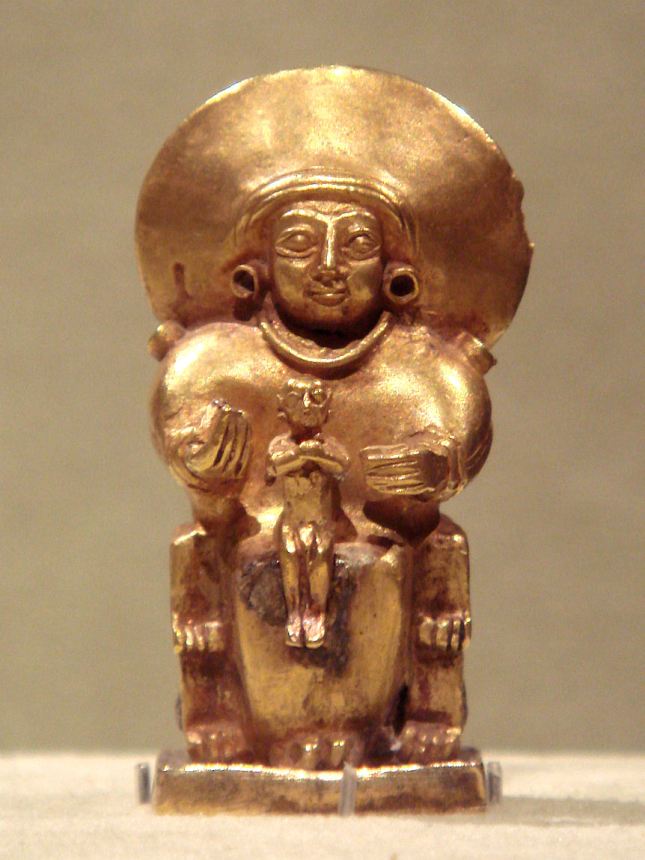
In fact, even the sons, grandsons, and great-grandsons of Noah’s children are alive today in the names of specific cities and locations. It is interesting to note here that the cursed son, Ham, is the one who peopled the region of Israel and Lebanon. How could this slide by those who claim the Jews are the chosen people? Why wouldn’t those who wrote it change things to reflect the world order at the time they wrote down these stories? We will not stop to answer these questions just yet, rather we will continue with the explanation about Noah’s city-founding sons.
The middle son, Japeth, also extends a line meaning to indicate place names begotten by their namesakes. His children were Gomer, Javan, Tubal, Meschoch, and Tiras. Gomer, perhaps identical to Cimmer, like the rest of the children of Japeth, had his own children who spread in further directions. Ashkenaz, or Askuz, is a Scythian city according to old Hebrew, for instance, and Ripath is associated with Upper Turkey in the region of the Black Sea. Some say this son of Japeth named Gomer is the father of Slavs, Russians, and Poles as well. Javan, or Iovan, formed the line that extended to Greeks, through Ionia, and so, of course, later Romans. Javan’s descendants are responsible, say the Biblical scholars, for the Romance languages, and perhaps extended as far into Europe as southern Spain. Japeth’s son Tubal is considered to have populated the southern Black Sea region and vicinity, his line also extended westward as far as Spain, and legend has it that Tubal gave Europe three different languages. Meschoch inhabited the area in between the Black and Caspian Seas, which would encompass contemporary Georgia, Armenia, and Azerbeijan, perhaps also regions of northern Iran. Finally, Tiras extended a line straight north, giving birth to Thracians, Teutons, Anglo-Saxons, and Germans. Japeth literally means “fair”, as in light-complexioned.
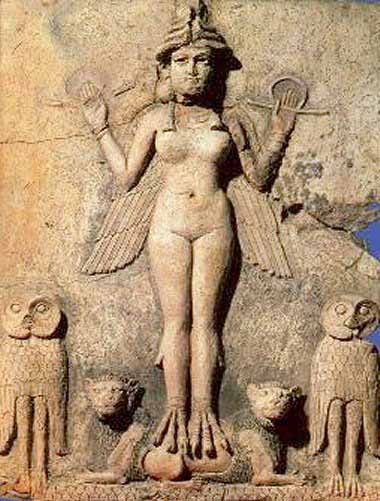
The third son, and the favorite son of Noah was the eldest, Shem. As mentioned, his skin color was “dusky”, or sandy, the meaning of the word Shem. Also interesting is that THIS is Abraham’s line, a line which does not extend into Israel as we now know it, or Lebanon, or Syria, or anywhere near the western Mediterranean. This can be borne out by discussing a bit Shem’s sons, and the directions they went. His wife, you will recall, has an Indian-Persian sounding name. His son Elam, also by the way a great kingdom of history, is usually associated with this ancient region located in contemporary Arabia and Iran, and decidedly non-Semitic. Ashur, or Assur, is the father of the Assyrians, the great Assyrian Empire of the Tigris valley, and Arpaschad (or Arpakad), whose line would bring Abraham, (or A-Brahm) is associated with Ur, Babylon, and even southeast Turkey. This line also founded Lud, which bore Lydians proper, the southern Greeks who would later extend into southern Italy, and Aram, from whence comes Aramaic the language, presumably of a distinct race of people.

All men then are descendants of Noah, all women , of Eve. After the Flood men no longer lived as long as they once did, and the giants were gone. Instead, over the course of ages, the world became populated anew, and it is a fun exercise to try to derive the ancestry of all contemporary people this way.
This, then, is the Bible’s answer for the origin of Man. We can see how, given the history of a Flood, how a scribe writing in 600 BC or so could rationalize the different types of people found even in his day. He saw white and black and brown, and accounting for them was accomplished with the device of Noah’s sons, how they came to be different color, I have been asked wisely once before.
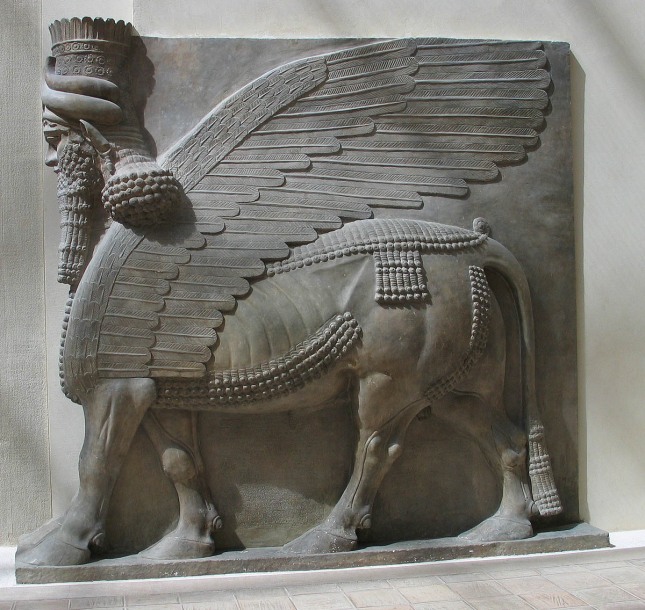
Next time we leave the Bible to see maybe where this Flood story came from in the first place and delve into some alternative flood myths. We need to get the story straight, meaning find the first rendition of this tale, because even the story of Moses has its counterparts in arguably earlier literature.



